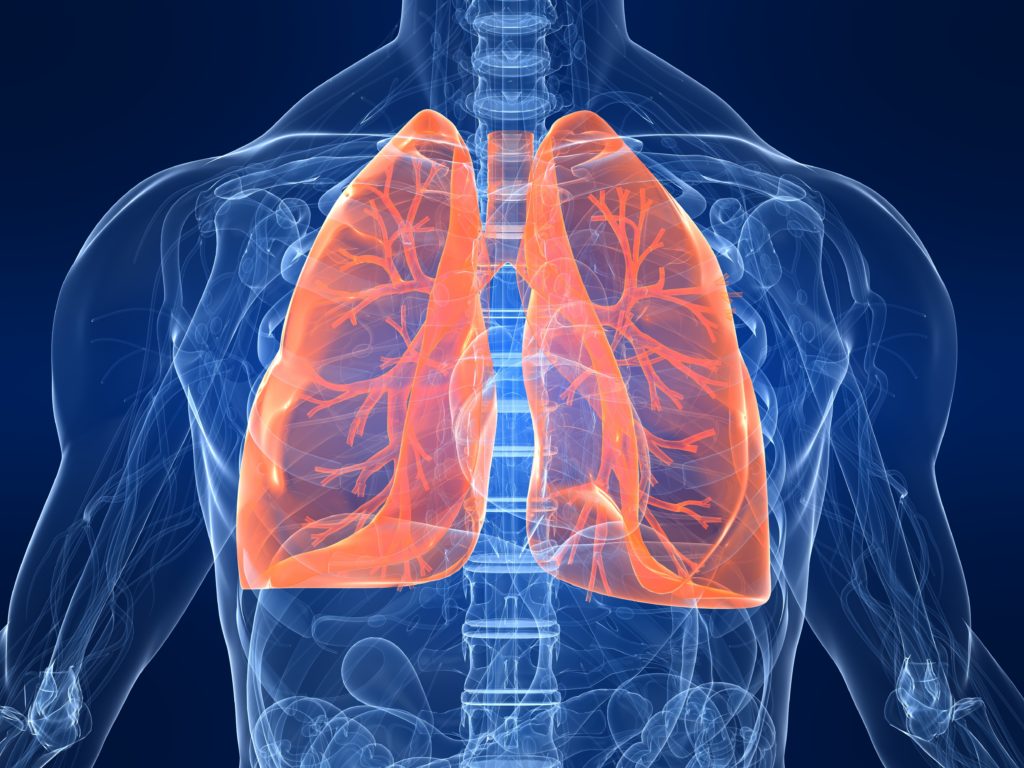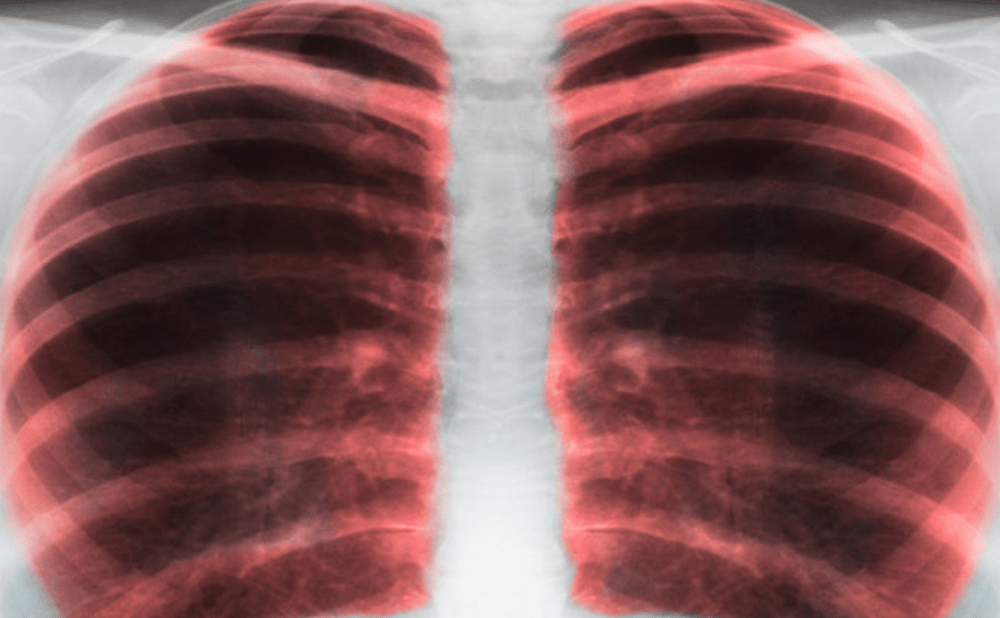Underdiagnosis of asthma is an important issue for public health and also at individual level for asthma patients. The 2017 Global Initiative for Asthma used epidemiological surveys to compare the prevalence of asthma symptoms to doctor-diagnosed asthma in low and middle-income countries, revealing that 50% of asthma cases were underdiagnosed, especially in primary care facilities.1 Lack of medical knowledge of physicians in primary care plays an important role, as well as scarcity of spirometry.1 Even peak flow meter devices can be unavailable in some low and middle-income countries.2
Conflict and war could be responsible for augmenting the number of new onset asthma cases, with stress and new environmental triggers as possible contributing factors. Underdiagnosis of asthma could be exaggerated when the population is displaced from their homes and relocated to crowded shelters.3,4 In these conditions, medical care, such as that provided by World Health Organisation (WHO) programs, is emergency-oriented.5
While caring for patients in outpatient clinics at public hospitals, we were concerned to see how the conflict had resulted in new chemical triggers, high stress, and lack of adherence to inhaled corticosteroids in diagnosed asthma. We were also surprised by the number of underdiagnosed patients with new onset asthma arriving from conflict zones. This led us to investigate the rate of asthma symptoms in populations most directly affected by the armed conflict, and use spirometry to confirm it, where possible.3,4
Among the 1.6 million Syrians internally displaced, we decided that shelters were a good setting to investigate and survey those suffering from asthma-like symptoms, but not diagnosed as having asthma.3 Both the International Study of Asthma and Allergies in Childhood (ISAAC) worldwide epidemiologic survey,6 and the European Respiratory Health Survey (ERHS)7 were based on questionnaires to determine the prevalence of asthma. For ISAAC, when they compared current wheeze (wheezing in the last 12 months; considered as an indicator of current asthma), to hyper-responsiveness, a positive correlation was only found in half of the cases, and they concluded that 50% of cases were trivial wheeze.8
Asthma has been investigated among military personnel in Iraq and Afghanistan. Surveys showed that they experience a higher incidence of asthma onset compared with military personnel serving in their home land. The majority of war-based medical studies are conducted in military populations; however, we surveyed civil populations.3,4
The most reliable question in ERHS is related to waking at night with asthma symptoms.8 In Herjalleh Shelter, Rural Damascus, as part of our survey for asthma, the question about waking at night with asthma symptoms was administered to a sample of 204 out of 900 dwellers (5 years and older) with undiagnosed asthma; we were surprised to see that 44% (91) responded yes to this question.3,4 When we performed spirometry, we were surprised to see forced expiratory volume in one second (FEV1) <80% in 45% of positive respondents, and reversibility test confirming asthma diagnosis in all but five. These five could be undiagnosed chronic obstructive pulmonary disease (COPD) or asthma, or COPD overlap. Allergic rhinitis was noted in 57%.3,4 If we compare the 44% in our study, to 5.2% current wheezers in ISAAC for Syria, or to 15% of Herjalleh dwellers staying at their homes, responding yes to waking at night by asthma symptoms, we understand that sheltered people have a higher prevalence of underdiagnosed asthma.
The reason for this should be investigated in more depth. In shelters, whole families will live in one room leading to higher exposure of cooking fumes and tobacco smoke as compared to their homes before displacement. This leads to intense exposure to small particles ≤2.5 µg. Additionally, the incidence of post-traumatic stress disorder is higher. This is important as it has been recognized that psychiatric disorders play a role in asthma onset, as stress deregulates the immune system.9,10
When we reviewed the care provided for shelter dwellers, we were informed that they were visited by general practitioners (GPs) in mobile clinics from the Red Cross, and have access to a primary care center run by the Ministry of Health (MOH) near the shelter, and when needed, they are referred to university hospitals. However, there are no guidelines, algorithms, or programs for chronic respiratory disease (CRD) care provided by GPs in mobile clinics or health centers.
We conclude that asthma and other CRD daily care in shelters should be included in ongoing MOH–WHO training programs at a national level.3,4 Medical knowledge is an issue, and lack thereof is responsible for low quality of care.1,10 Academic participation in a multisectoral approach is the key.11 In this case they could supervise the development of algorithms, requiring the availability of essential medications (inhalers) and equipment (for peak expiratory flow) in health centers and mobile clinics for these CRDs, and for training GPs in mobile clinics and primary care centers on how to use inhalers, measure peak flow, and refer to spirometry centers.
The WHO Regional Office for the Eastern Mediterranean has integrated CRD into the emergency kit and produced a road map to help countries to achieve universal health coverage. Pollution and CRD are included;5 this may help the WHO Action Plan 2013–2020 to be implemented.12












